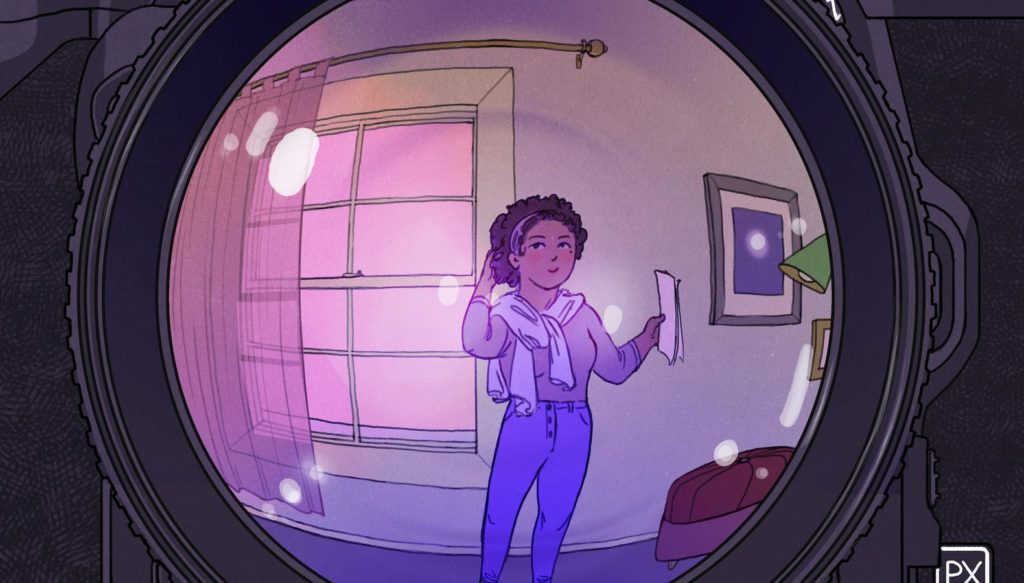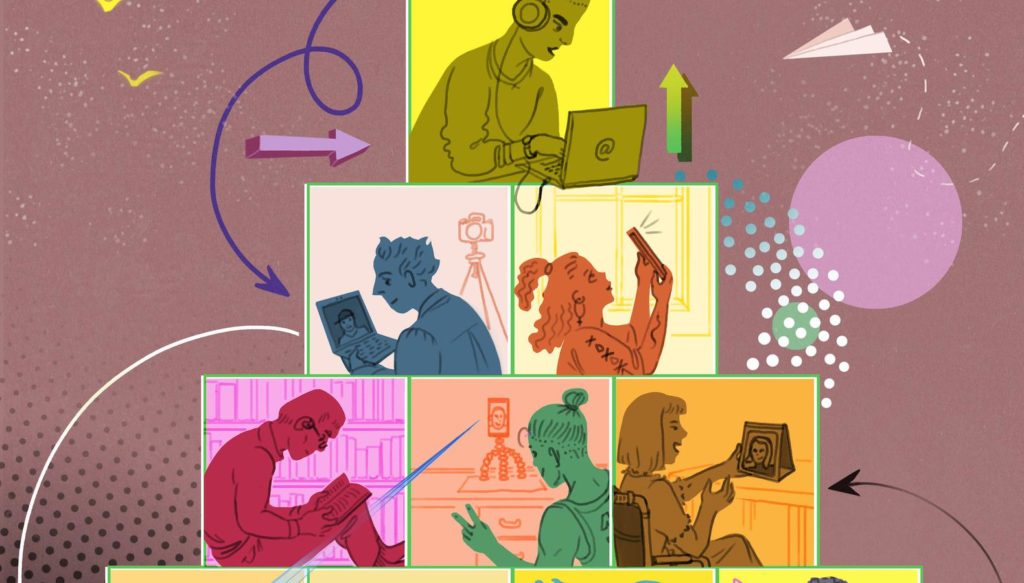By Marci Liroff

I’ve been teaching several online classes over the last few months, and one question that consistently comes up is: What makes my audition stand out? It’s a tough one to answer because, as a longtime casting director, I know a talented actor when I see one. So much of it is subjective, but my years-honed instinct for noticing talent usually wins out.
Because of the coronavirus pandemic, actors are strictly auditioning remotely. This means we casting directors are viewing large numbers of self-taped auditions, along with holding auditions over online platforms like Zoom, Skype, WeAudition, and others. If you aren’t fully prepared to self-tape in your home and audition over these platforms, now is the time to learn.
I attended a Casting Society of America webinar the other day that focused on self-taped auditions. One of the takeaways was that, for now, CDs are definitely cutting actors some slack in terms of the technology. No one is expecting a perfect tape.
We do not want you putting yourself in harm’s way by going to a professional taping facility.
We realize that many actors live alone and don’t have the proper equipment, much less a good reader. We’re happy so long as you are well-lit, the sound is good, and you’ve done the proper prep.
But in terms of really standing out, there’s a lot to be said for good old-fashioned charisma and magnetism. That’s something you can’t buy. Obviously, being über-prepared is a given. After that, showing us your authentic self is first on my list. I can always tell when an actor is pushing and straining to become the character. There is no try, just be. You should disappear into the character. Look at a few of Meryl Streep’s characters and you’ll see that she is no longer there, because she’s subsumed by her character.
Additionally, we often suggest that actors make a strong choice when they’re auditioning. My coaching clients constantly tell me they’re worried that their strong choice will be the wrong choice. Especially with self-taped auditions, you can feel as if you’re acting in a vacuum, as there is no immediate feedback in the room. But here’s what I see: If an actor makes a strong choice that’s headed in the wrong direction, and if they seem to be right for the role, I want to work with them to steer them back in the right direction. Because they’ve made a strong choice, I can see they are an intelligent actor and have done the work, which indicates that giving them adjustments, notes, and direction is worthwhile.
The thing that I miss about live auditions is that indescribable feeling I get when I’m in the presence of a talented human being. Their ease and confidence while performing can change the chemistry of a room. I’m sure you’ve felt this when you’re at a dinner party and your seatmate is easy to talk to—or, on the flip side, if they have toxic, inauthentic energy. You can feel it immediately. That energy is infectious, and it can inspire us or it can make us feel like we want to run out of the room! Do what you can to bring the best of the IRL experience to the camera.
Make sure to check out my online course “How To Audition For Film and Television: Audition Bootcamp”. You can view it on your laptop or your mobile device and your subscription gives you lifetime viewing privileges for this course. I’ll be adding lectures throughout the year.
Warning: I grant permission to share my blog as written with no additions or deletions. Posting my blog is in no way an endorsement of another site unless you obtain my written consent.






Recent Comments